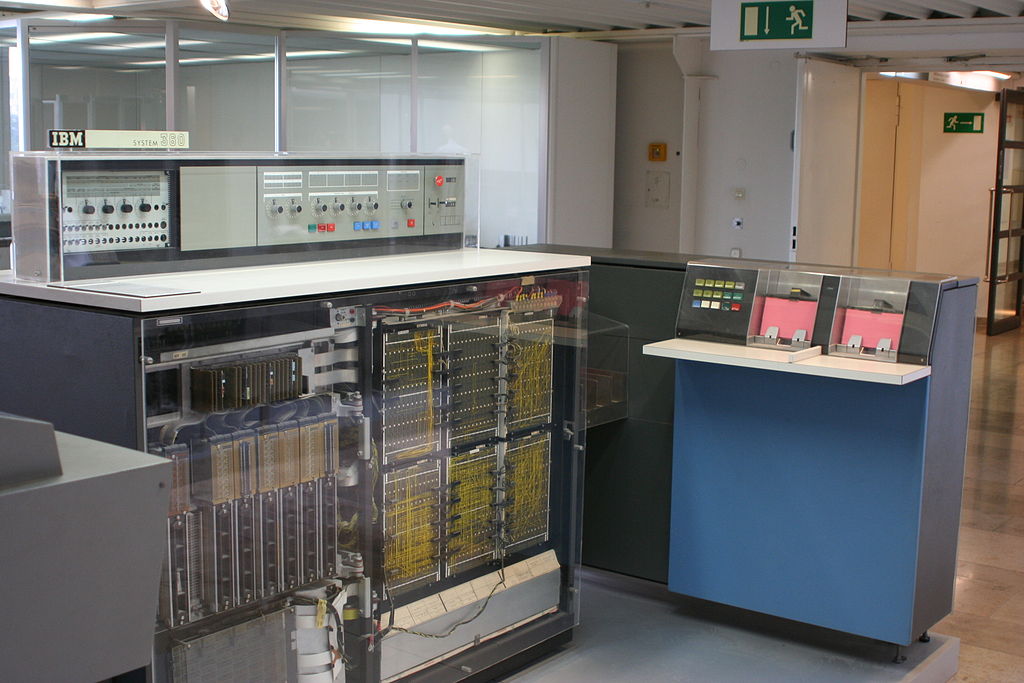Uncategorized
The arduous path of bank IT modernization
- 25 percent of core banking system transformations fail without any results.
- About half don't achieve transformation objectives, and costs and implementation times double or triple.








